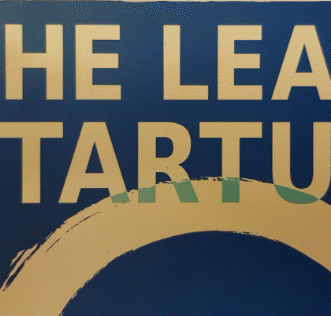February 25, 2021
Now you have the story of your process written down, you can start to identify its components.
Read through the narrative, and pick out the names of things that get mentioned along the way. These will become ‘Props’, like the theatrical term for “an object used on stage or screen by actors during a performance.“
Props might be software e.g. “I enter the prospect’s details into the CRM System/Salesforce/Hubspot“; physical objects or their digital equivalents: “The prospect signs our non-disclosure agreement”, “I send an email to the client acknowledging receipt”. Props can also be implied: “I call the client” means there must be a telephone Prop of some kind.
One Prop in particular will stand out as being the thing that is being worked on by the process, the thing that is the point of the process. The star of the process, if you like. For example the key Prop in a process “File Annual Accounts”, is unsurprisingly, a thing called ‘Annual Accounts’.
This key Prop will help you identify the key Activities that make up the process, because it will be created, transformed and finalised through the process. Each transformation of the Prop called ‘Annual Accounts’ is a separate Activity, with an outcome that is either true or false. You have a set of Draft Accounts or you don’t, there is no halfway house. Any other Props you’ve identified will find a home inside one or more of these Activities, which may themselves be a process.
As an illustration, in order to “File Annual Accounts”, you generally have to create a set of draft accounts (an Activity you might name “Draft Annual Accounts”), check that they make sense (“Verify Draft Annual Accounts”), send them to the client for approval (“Request Draft Annual Accounts Approval”), deal with any changes (“Amend Draft Annual Accounts”), finalise them (“Finalise Annual Accounts”) and finally, send them to Companies House (“File Accounts”).
In this way, following the lifecycle of the key Prop will help you define Activities and the rough order in which they must happen.
In the next post in this series, we’ll look at finessing that order to take account of exceptions.










